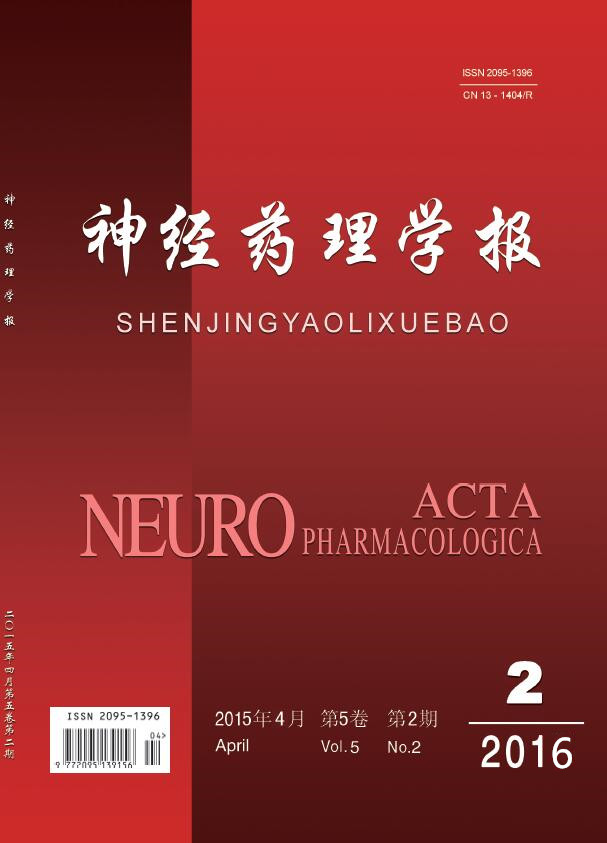|
|
Allopregnanolone as a New Therapeutic Target for Depression and Anxiety
JIANG Xiang-yun, SHANG Chao, LI Lei, SUN Shu-zheng, LI Yun-feng, WANG Heng-lin
2016, 6 (2):
26-30.
DOI: 10.3969/j.issn.2095-1396.2016.02.005
Allopregnanolone-the neurosteroid is synthetized from cholesterol via TSPO mediated transfer from outer mitochondrial membrane to inner mitochondrial membrane. Recent study showed reduced level of neurosteroids represented by allopregnanolone were involved in the occurrence and development process of many mental disorders including anxiety and depression. Moreover,exogenous allopregnanolone treatment can significantly improve the anxious and depressive symptoms. The mechanisims underlying the antidepressant and anxiolytic effects of allopregnanolone were considered mainly to be associated with its positive activation on GABAA receptor. In addition,allopregnanolone played an important role in regulating functions of HPA axis as well as stimulating neurogenesis. This review described the production process of allopregnanalone,its role in anxiety and depression and its possible mechanisms of treatment effects.
References |
Related Articles |
Metrics
|

